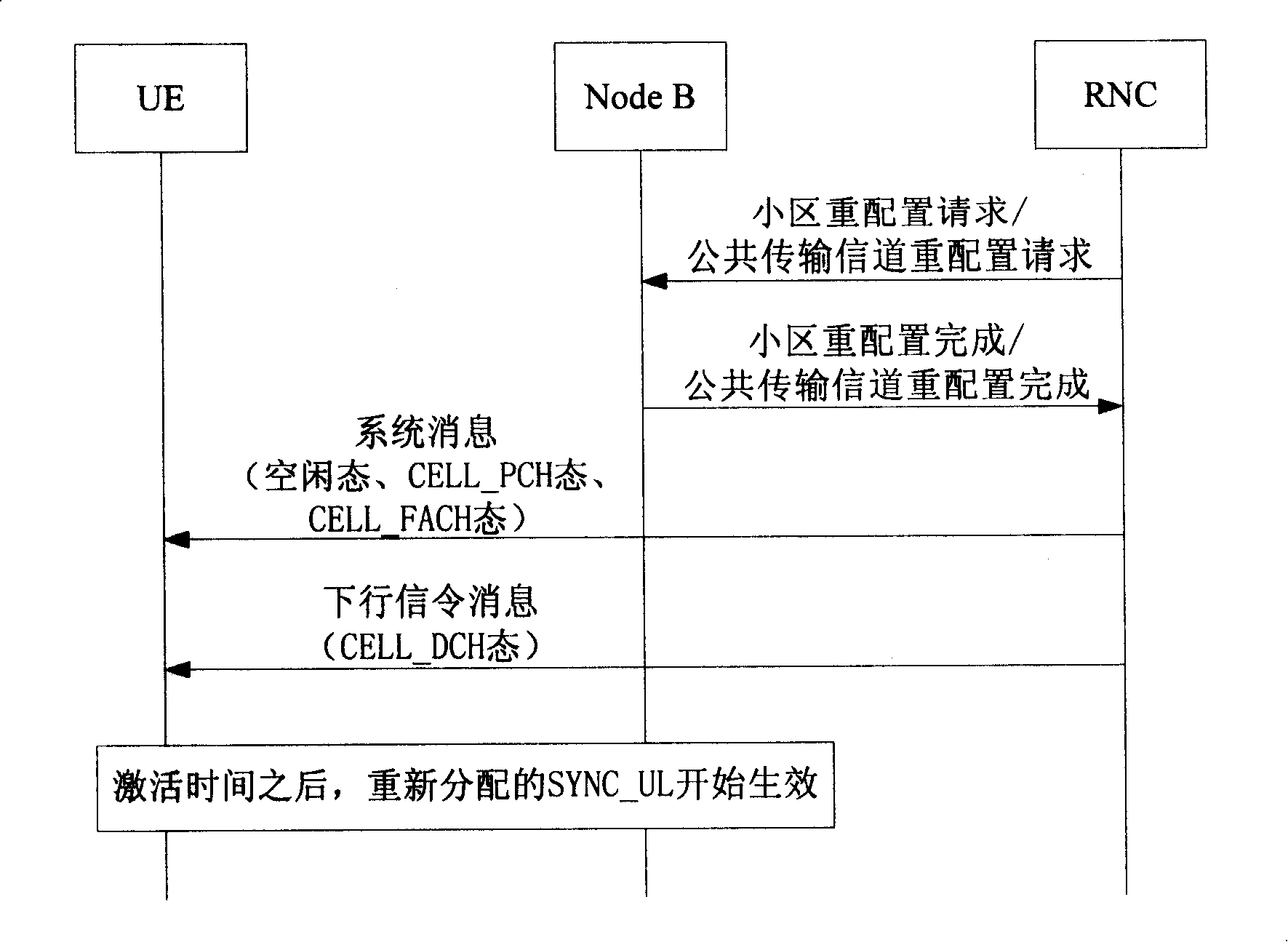An allocation method for uplink synchronous code
A distribution method and a technology of synchronous codes, which are applied in communication between multiple stations, electrical components, digital transmission systems, etc., can solve problems such as the impact of user experience, the reduction in the number of users who successfully access the system, and the unreasonable static configuration scheme, etc.
- Summary
- Abstract
- Description
- Claims
- Application Information
AI Technical Summary
Problems solved by technology
Method used
Image
Examples
Embodiment Construction
[0032] In order to make the object, technical solution and advantages of the present invention clearer, the present invention will be further described in detail below with reference to the accompanying drawings and examples.
[0033] The basic idea of the present invention is to dynamically adjust the SYNC_UL resource assigned to the HSUPA service in real time according to the change of the actual network information. For example, when initially configuring SYNC_UL, allocate fewer SYNC_UL codewords for HSUPA services, such as one; as the number of HSUPA users increases, allocate more SYNC_UL codewords for HSUPA services to meet the growing HSUPA service requirements .
[0034] see figure 1 As shown, the uplink synchronization code allocation method provided by the present invention mainly includes the following steps:
[0035] Step 101: setting a reallocation reference value;
[0036] Step 102: After initially configuring the SYNC_UL for the HSUPA service, the RNC re-all...
PUM
 Login to View More
Login to View More Abstract
Description
Claims
Application Information
 Login to View More
Login to View More - R&D
- Intellectual Property
- Life Sciences
- Materials
- Tech Scout
- Unparalleled Data Quality
- Higher Quality Content
- 60% Fewer Hallucinations
Browse by: Latest US Patents, China's latest patents, Technical Efficacy Thesaurus, Application Domain, Technology Topic, Popular Technical Reports.
© 2025 PatSnap. All rights reserved.Legal|Privacy policy|Modern Slavery Act Transparency Statement|Sitemap|About US| Contact US: help@patsnap.com


